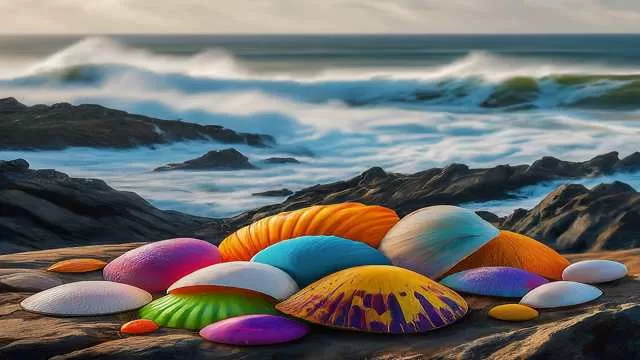When it comes to enticing newcomers to the world of scientific study, few introductions are as lackluster as George Johnston’s 1850 preface in An Introduction to Conchology or, Elements of The Natural History of Molluscous Animals.
Johnston bluntly states, “There are not many inducements to become a Conchologist: his pursuit has always been deemed one of an inferior character…” If that doesn’t deter you, then you’re in for a treat! The study of shells, or conchology, is not only fascinating but also one of the most rewarding disciplines in natural history.
Allure of Shell Collecting
Shell collecting offers a unique opportunity to engage with nature in a way that few other hobbies can. Unlike many animals, which leave behind little evidence of their existence after death, mollusks leave behind beautiful and intricate shells. These remnants tell stories of their former lives, providing insights into their habitats and behaviors. While fossils can be elusive and require specific locations to find, shells can be collected from beaches, gardens, and even local parks without harming living populations.
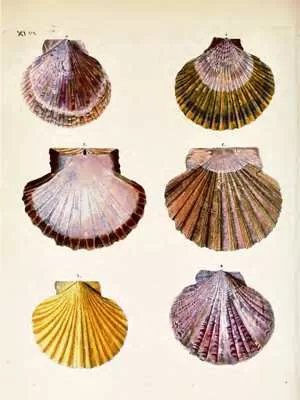
As a child, I remember the thrill of discovering a perfect shell on the beach or in the garden. Today, we are fortunate to have laws in place that protect wildlife, making shell collecting a responsible and sustainable hobby. Whether you’re picking up a common garden snail shell or a stunning tropical specimen, each find can be a treasure.
Beauty of Local Shells
While exotic shells from tropical waters often steal the spotlight, local shells possess their own unique charm. A simple walk along the shore or through a field can yield a diverse array of shells, from the elegant conch to the humble oyster. Even the shells of land snails found in your backyard can rival the beauty of those discovered in far-off rainforests.
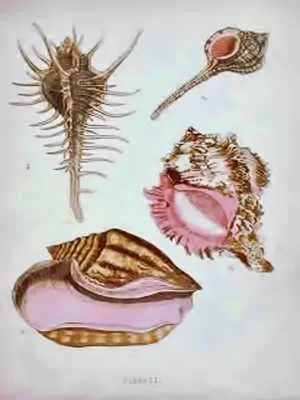
Moreover, collecting shells can be an affordable hobby. Many exotic shells can be purchased for just a few dollars, allowing enthusiasts to build impressive collections without breaking the bank. Just ensure that the shells are ethically sourced, collected after the animals have passed away, to maintain ecological balance.
Educational Value of Conchology
Conchology is not just about collecting; it’s also a valuable educational tool. Engaging with shells allows individuals of all ages to develop practical skills in taxonomy—the classification and organization of specimens. This foundational knowledge can be applied across various scientific disciplines, fostering a deeper appreciation for the interconnectedness of life on Earth.
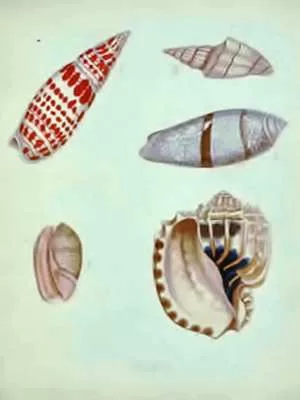
For instance, the mnemonic “Dumb Kids Playing Catch On Freeways Get Smashed” can help students remember the taxonomic hierarchy: Domain, Kingdom, Phylum, Class, Order, Family, Genus, Species. Similarly, “My Very Educated Mother Just Showed Us Nine Planets” serves as a fun way to recall the order of the planets in our solar system. These memory aids make learning engaging and accessible.
Artistic Side of Conchology
One of the most captivating aspects of conchology is the rich history of its study, particularly during the Victorian era. Many classic works on conchology feature stunning illustrations that capture the intricate details of shells and their inhabitants. Unfortunately, some print dealers have taken to breaking up these beautiful texts to sell individual pages as art. However, with a little effort, you can find high-quality scans of these illustrations online, allowing you to print your own copies for display.
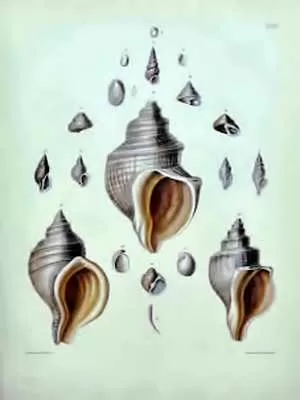
Beyond shells, the world of natural history is filled with opportunities for artistic expression. From botanical illustrations to depictions of butterflies and birds, the beauty of nature can be celebrated in countless ways.
Connecting with Nature
In our fast-paced, technology-driven world, taking the time to connect with nature can be incredibly rewarding. Shell collecting encourages mindfulness and appreciation for the environment. Each shell tells a story, and by studying them, we can learn about the ecosystems they come from and the importance of biodiversity.
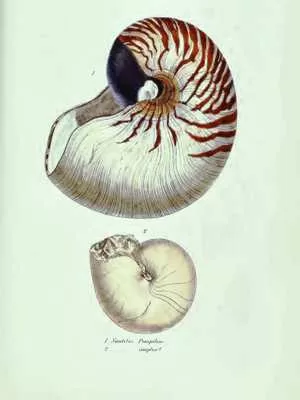
Moreover, conchology can serve as a gateway to broader environmental education. Understanding the role of mollusks in marine ecosystems can lead to discussions about conservation, habitat protection, and the impact of human activity on our oceans. By fostering a love for shells and the creatures that inhabit them, we can inspire future generations to become stewards of the environment.
Conclusion: Embrace the World of Conchology
In conclusion, while George Johnston’s introduction to conchology may have been less than inspiring, the reality of this field is anything but dull. The study of shells offers a unique blend of beauty, education, and connection to nature. Whether you’re a seasoned collector or a curious newcomer, there’s a world of wonder waiting to be discovered in the realm of conchology.
So, grab your walking shoes, head to the nearest beach or park, and start your journey into the captivating world of shells. You never know what treasures you might find!
By embracing the art and science of conchology, you can unlock a deeper understanding of the natural world while enjoying a fulfilling and sustainable hobby. Happy shell hunting!

